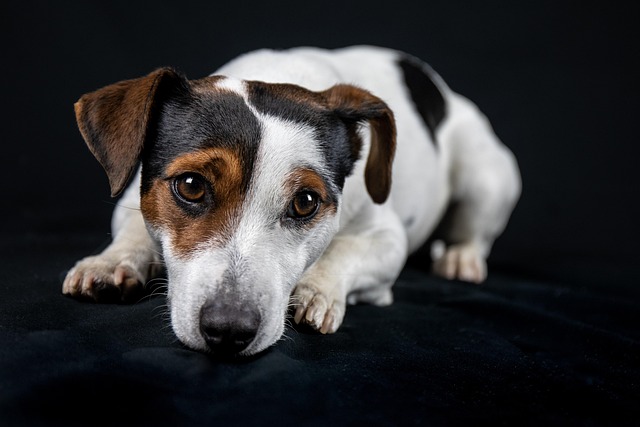
What is glaucoma in a dog?
You might notice your dog squinting more at mealtime or avoiding bright sunlight—these small changes could be early signs of a serious eye condition.
Finding an open sore on your dog can feel like a gut punch. It’s natural to panic, but staying calm is the first step in helping your furry friend heal. Before diving into treatment, it’s crucial to understand that some local regulations may require veterinary intervention for certain types of wounds.
First, assess the situation safely. Approach your dog slowly, speaking in a soothing tone to keep them relaxed. Use a muzzle if needed—even the gentlest dogs may snap when in pain. Remember, your safety matters too. If the sore is bleeding heavily or your dog seems disoriented, skip home treatment and head straight to the vet. In many regions, untreated severe wounds can be considered animal neglect under local animal welfare laws.
For minor sores, start by gently clipping the fur around the wound. Use clean, blunt-nosed scissors and be extra careful not to nick the skin. Next, flush the area with warm, sterile saline solution—never use hydrogen peroxide or rubbing alcohol, which can damage healthy tissue. This step mimics the wound cleaning process vets use and helps remove debris without causing further harm.

After cleaning, apply an antibiotic ointment labeled safe for pets. Avoid products containing zinc, as it’s toxic to dogs. Cover the sore with a breathable bandage if possible, but watch for signs of chewing or licking. In many areas, leaving untreated open wounds exposed in public spaces could lead to fines due to potential health risks to other animals and people.
Keep a close eye on the healing process. Look for red flags like swelling, pus, or a foul odor, which signal infection. If you notice these symptoms, consult your vet immediately. It’s also important to keep your dog from scratching or biting at the sore. Invest in an Elizabethan collar if necessary, as persistent self-trauma can turn a minor issue into a major health concern.
Beyond treatment, prevention is key. Regularly check your dog’s skin during grooming sessions, especially in hard-to-see areas like the armpits and groin. Ensure your yard is free of sharp objects, and keep your dog away from toxic plants that can cause skin irritation. In many neighborhoods, maintaining a safe environment for pets is not just a courtesy—it’s required by local property and animal control ordinances.
If you’re unsure about any aspect of wound care, don’t hesitate to reach out to your vet or a certified pet first-aid instructor. Remember, caring for your dog’s health isn’t just about fixing problems—it’s about being a responsible pet owner. By following these steps and staying informed about local animal welfare regulations, you can help your dog recover quickly and keep them safe in the future.

You might notice your dog squinting more at mealtime or avoiding bright sunlight—these small changes could be early signs of a serious eye condition.

Let’s set the scene: It’s a sweltering Phoenix afternoon—105°F outside—and you rushed your 2-year-old Lab mix, Cooper, on a quick walk to “get it over with.”

Let’s get real: You’re in your Miami apartment, watching your 3-year-old Corgi, Loki, struggle to climb the stairs to your second-floor unit.

Many dog owners brush off occasional scratching as just “dog behavior,” but persistent itching often signals something more—like a food allergy.

You might first notice your dog scratching more than usual—chewing at their paws until the fur looks thin, or rubbing their face against the couch nonstop.

Let’s be real: You’re standing in your Chicago apartment, watching your 3-year-old Beagle, Max, huff and puff just to climb onto the couch.